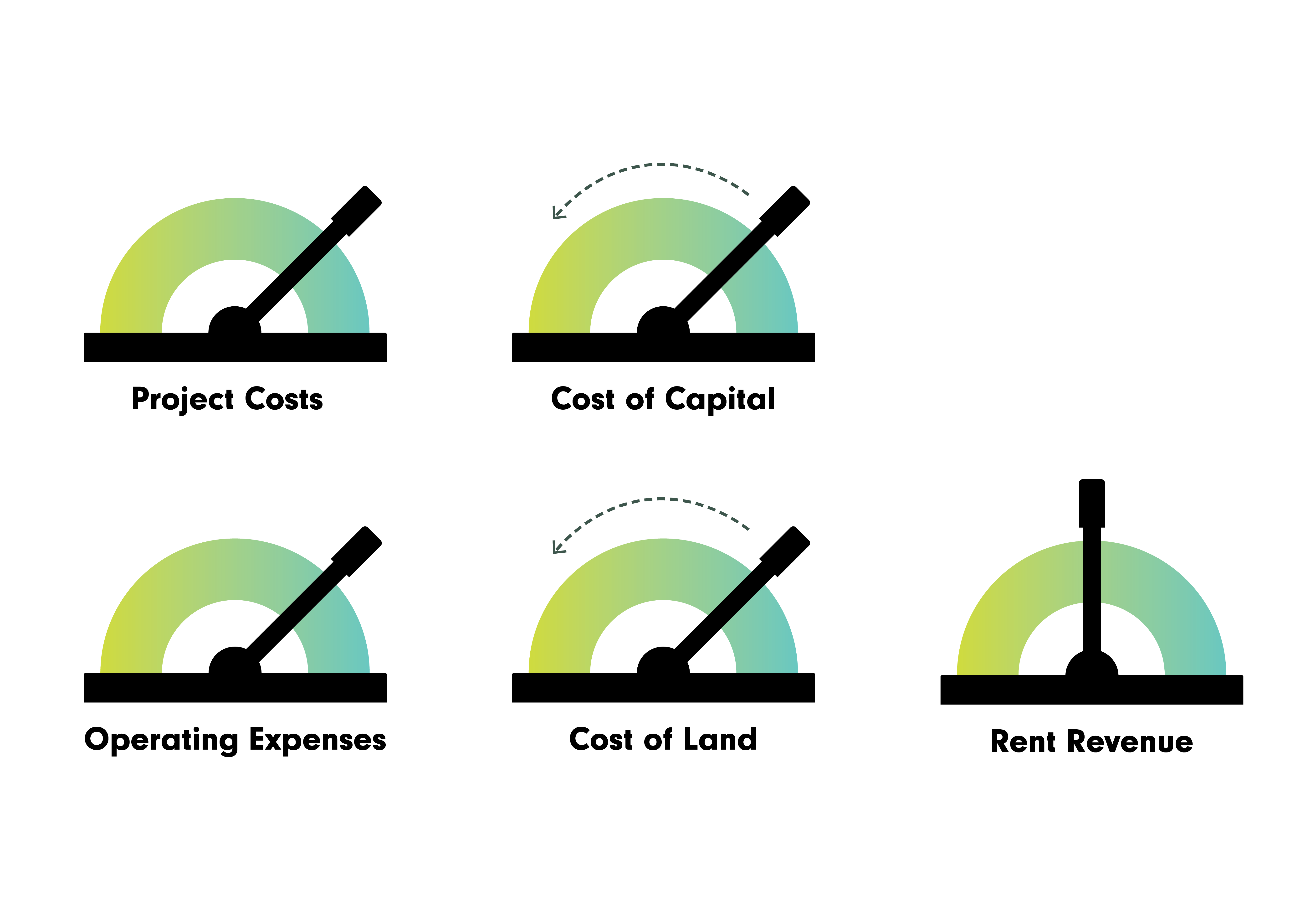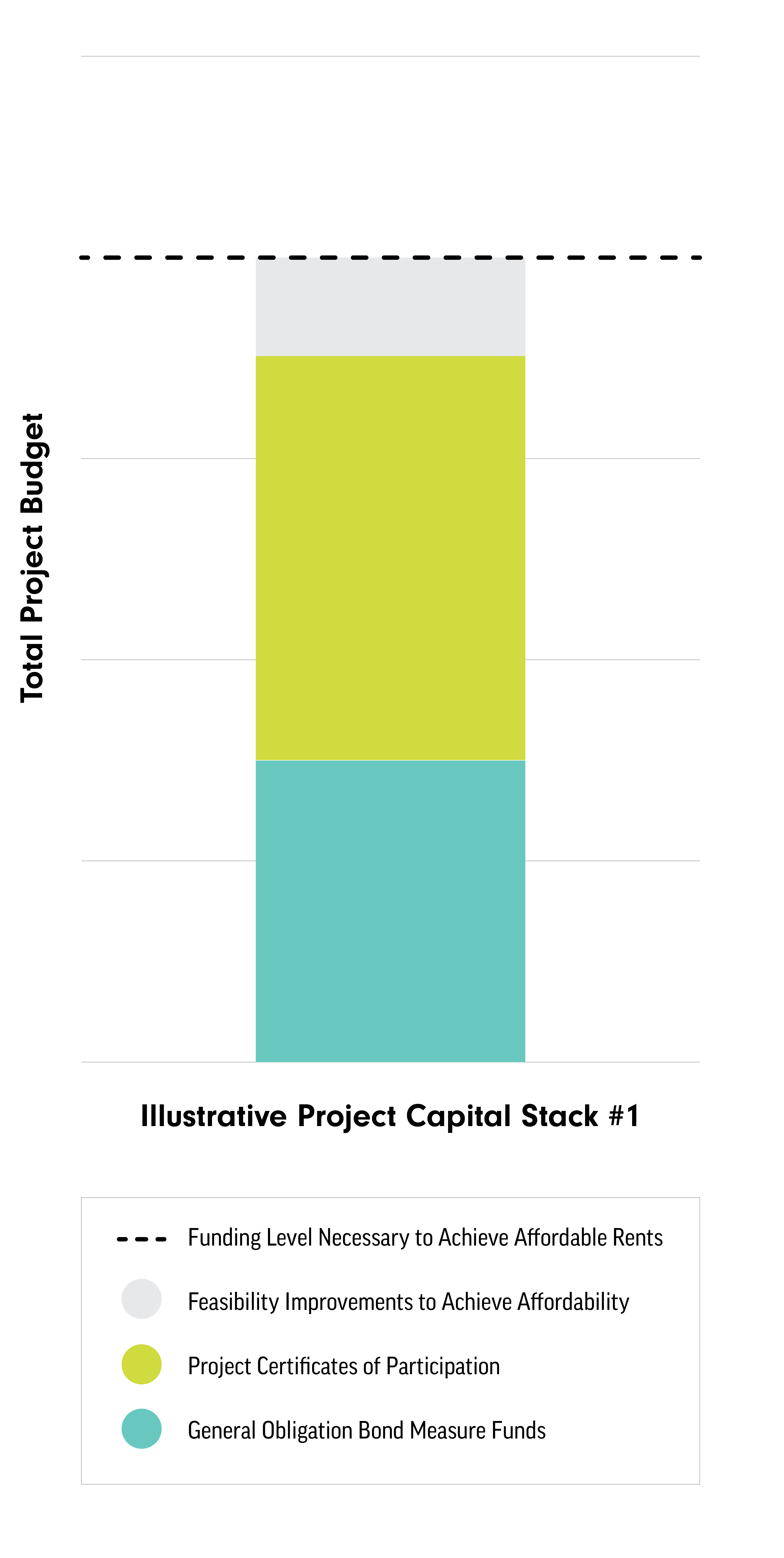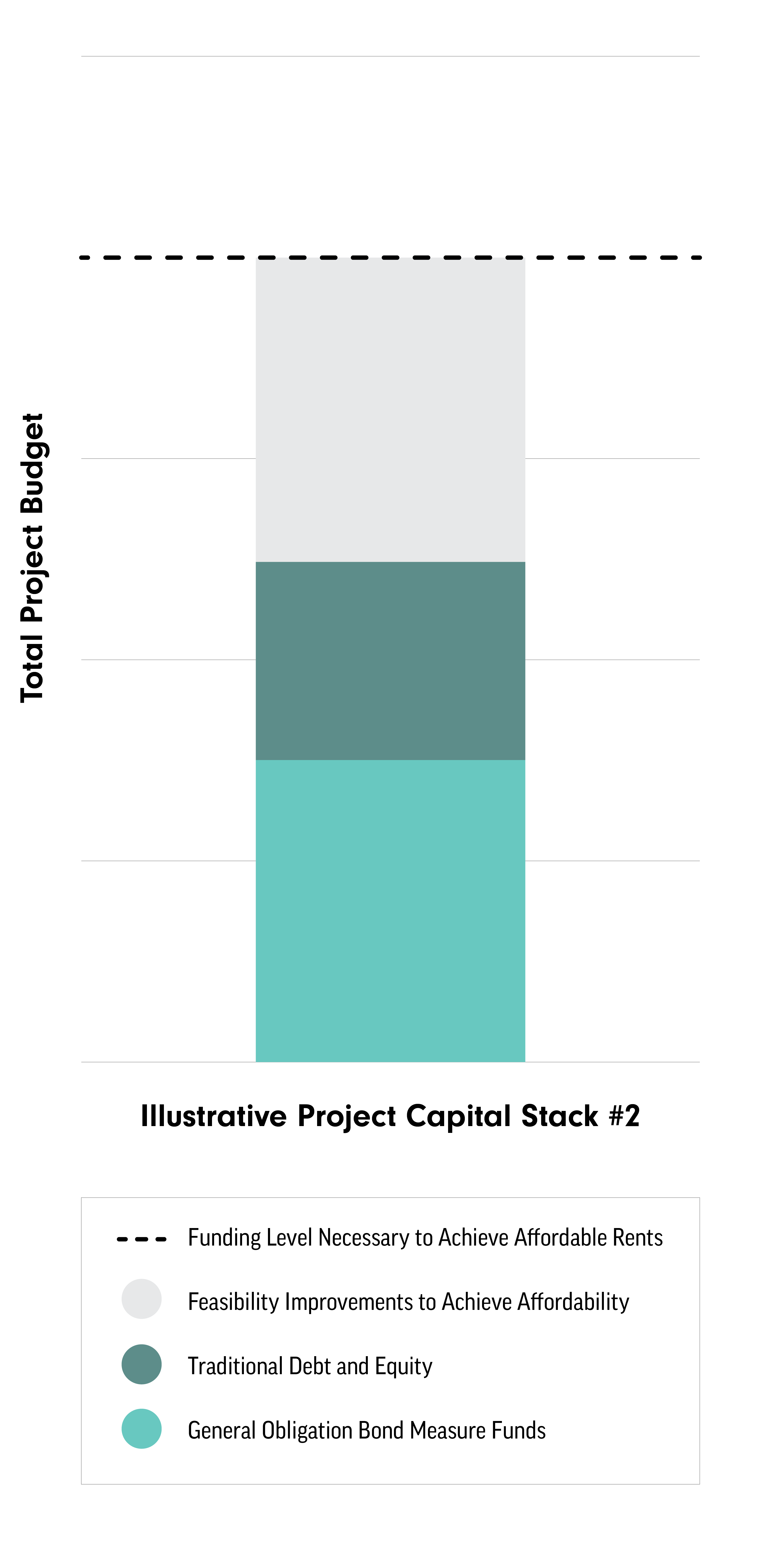




This session was the third in Multistudio’s ongoing Workforce Housing Think Tank series. Session #1, Identifying a Path Forward for Workforce Housing, explored the barriers to affordable housing for K–12 teachers and staff and identified actionable starting points for districts. Session #2, From Project Concept to Completion: Leveraging Partnership in Workforce Housing, held in June 2024, brought together multiple districts, developers, advisors, and policy advocates to map out effective partnerships and implementation strategies. Session #3, Bridging Gaps for Feasible Workforce Housing Solutions offered a deeper look into the financial structures and development models that can make workforce housing feasible for public school districts.
Together, these sessions offer a roadmap from inspiration to implementation.
K-12 Workforce Housing Think Tank #3 Key Takeaways
The session opened with insights from Corey Smith of Housing Action Coalition, who outlined how policy, financing, and land use regulation continue to impact workforce housing efforts. Tony Mirenda of Kitchell described the development process as a “three-legged stool” requiring alignment of market demand, political will, and financial structure. Ross Robb of RLR Ventures introduced five key levers districts can use to shape project viability:

The Annex Group, with Relequity and Multistudio, presented a feasibility study for an anonymized Bay Area district ("District X"). This district had a former elementary school site zoned for housing and general obligation bond funds approved by voters. With area median incomes over $166,000 and average rents well above what a single-income teacher could afford, the team conducted a site and market analysis to determine a viable development strategy.

Multistudio’s Matt Pauly presented a site analysis showing that a four-story wood-framed building (Type III) with a 35-foot height limit could accommodate up to 148 units while respecting neighborhood scale. Considerations included parking, slope, and access, as well as the potential use of state density bonuses (AB 1287) to expand unit count.

Ketan Chokshi of The Annex Group outlined two financial strategies for District X:


Each model brings different levels of city involvement, potential for nonprofit structures, and options for district ownership or partnership through a Joint Powers Authority. The right path depends on the specific goals and constraints of each district.
No two workforce housing projects are the same. The key is assembling the right partners and aligning funding, entitlement strategy, and delivery model from the start. Through our think tanks, Multistudio has built a network of districts, developers, program managers, and advocates with experience navigating the complexities of workforce housing. These partnerships allow districts to move confidently from feasibility to design and through construction.
Special thanks to Jason Taylor, Tom Tomaszewski, Ketan Chokshi, and Matt Zetzl of The Annex Group, Justin Smith of Relequity, Ross Robb of RLR Ventures LLC, Lori Shelton, Calvin Wong, and Wazi Chowdhury of South San Francisco USD, Tony Mirenda, Erica Kodiyan, and Kent Brown of Kitchell, Corey Smith of Housing Action Coalition as well as numerous Bay Area district representatives, developers, and architects for their contributions.
Discover how Multistudio and our partners can help your district bring workforce housing to life:
www.multi.studio/perspective/perspective/workforce-housing

